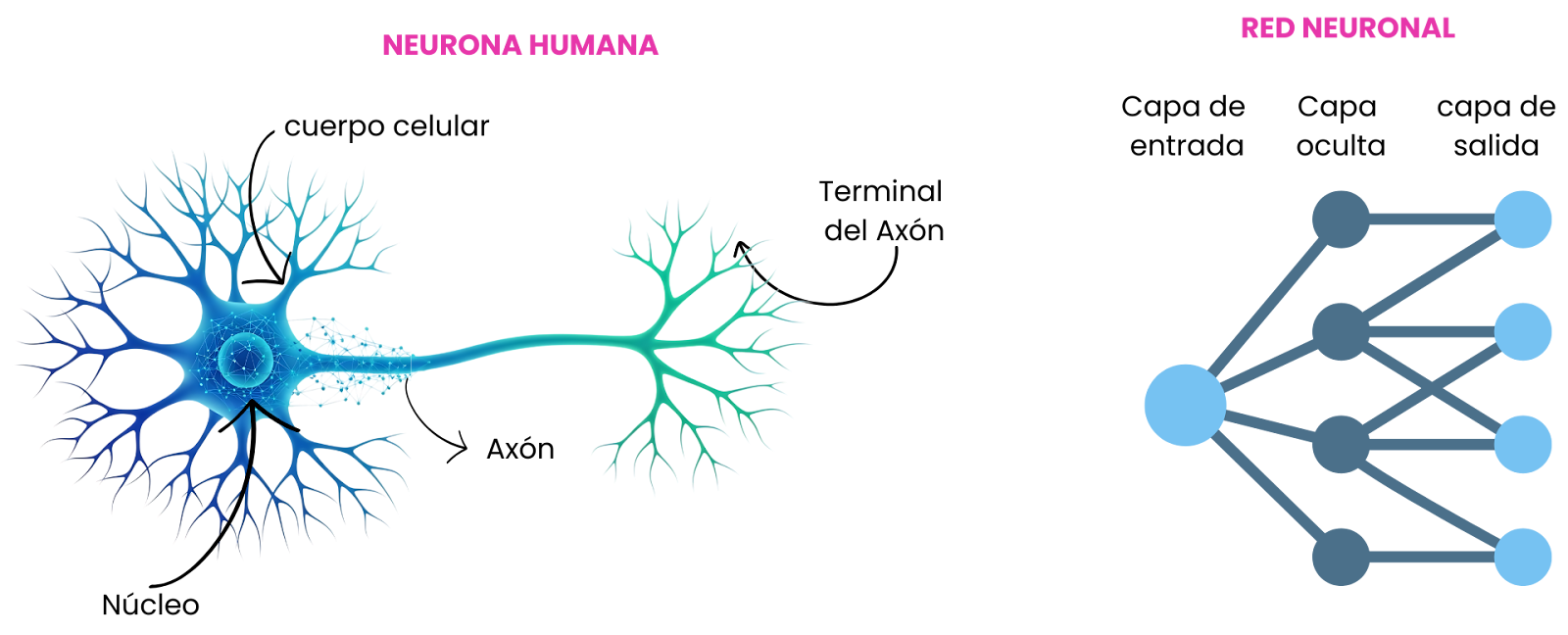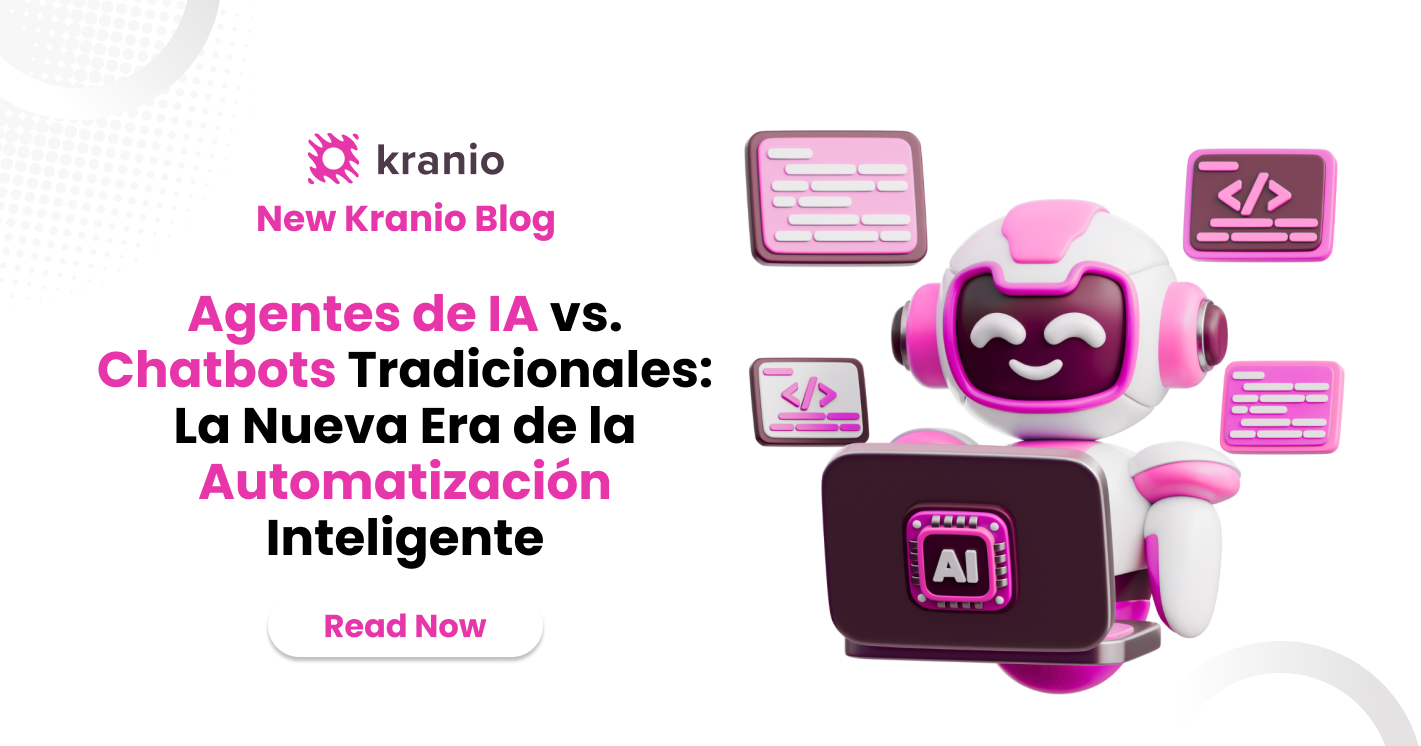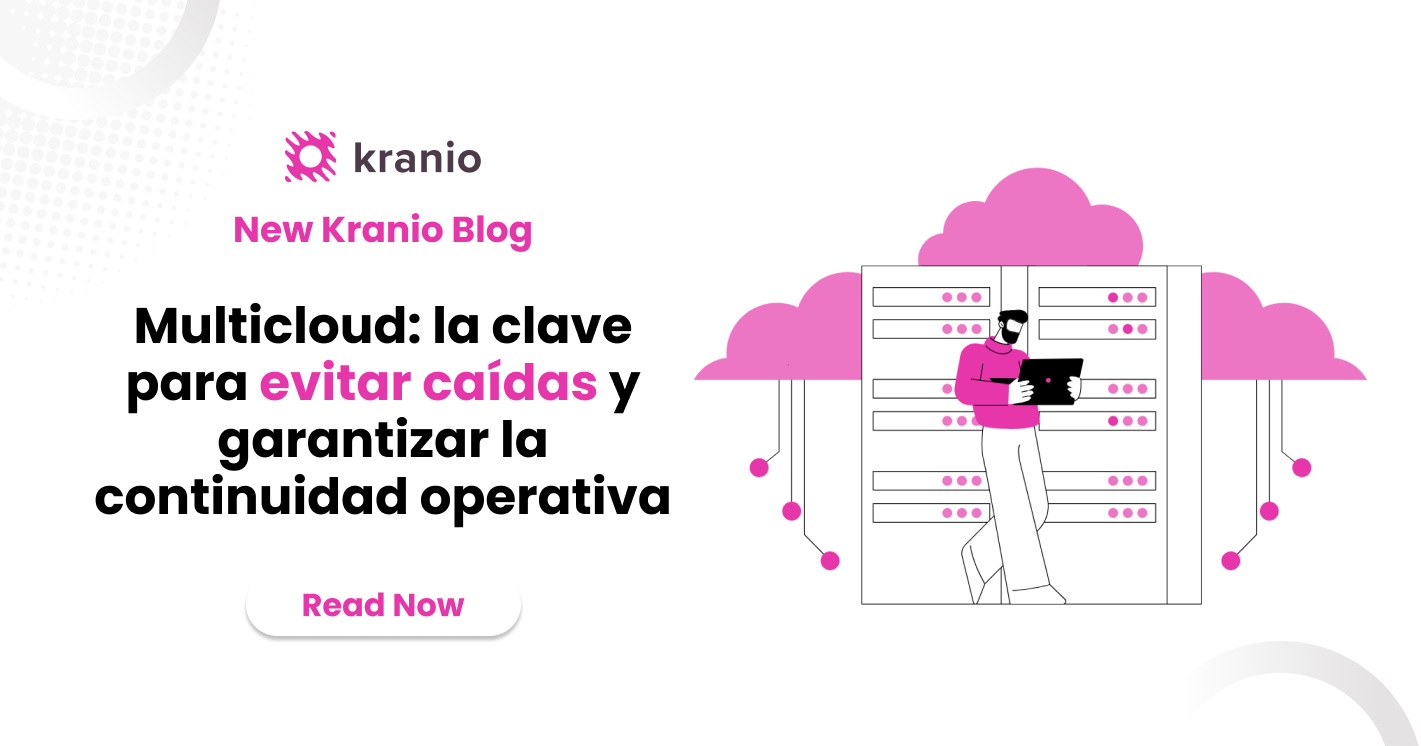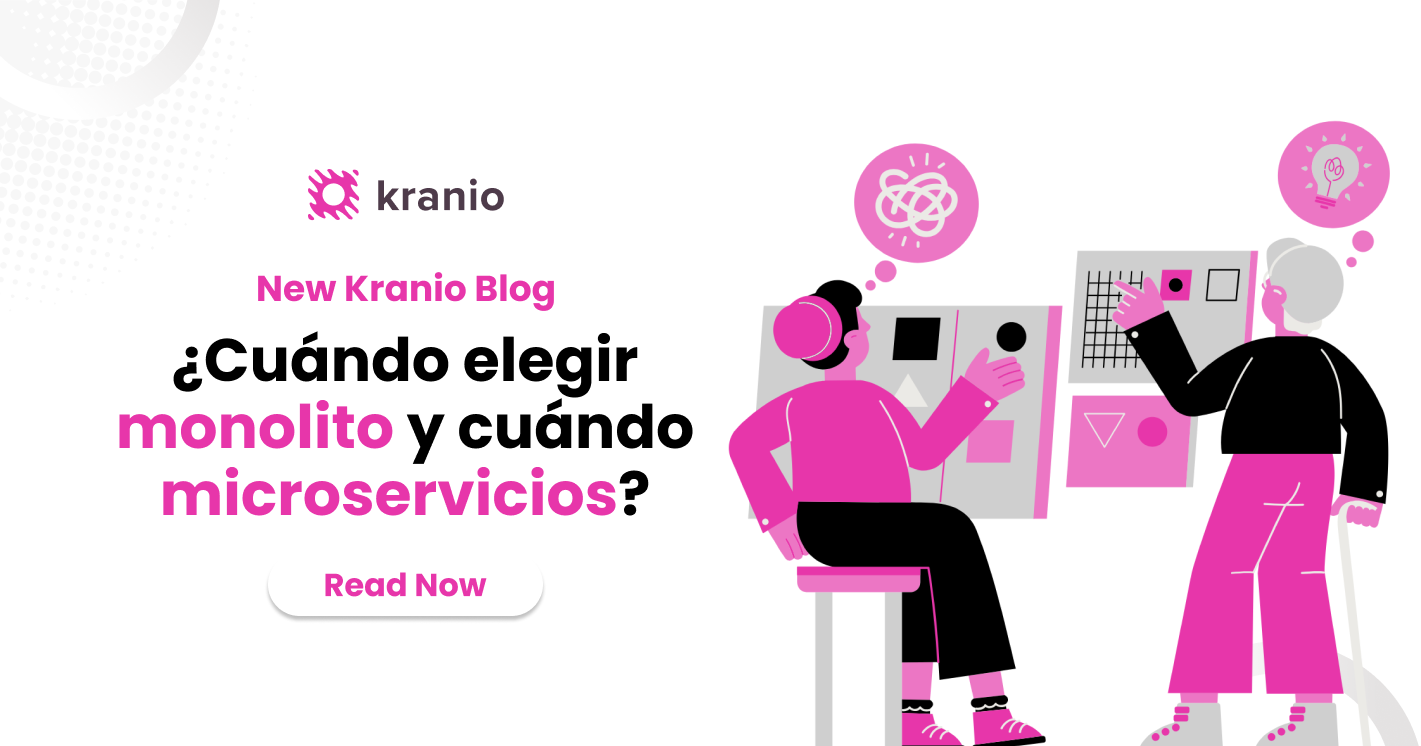Artificial intelligence (AI) has ceased to be a futuristic technology and has become an essential tool in multiple industries. Among their most prominent applications, neural networks have demonstrated outstanding performance in overcoming the limits of traditional models in solving specific problems. In this article, specific cases will be explored where AI has transformed processes, optimizing resources and improving accuracy in various business and technological areas.
Why do neural networks outperform traditional models?
Neural networks, inspired by the functioning of the human brain, have the capacity to process large volumes of complex data and learn patterns autonomously. Unlike traditional models based on predefined rules, neural networks can adapt to new situations and refine their predictions over time. This makes them a powerful tool in contexts where precision, scalability and customization are key.
How are neural networks made up?


In a human neuron, a signal enters the cell body, which then generates a response, which is emitted through the axon terminals to other neurons. In a neural network there is a component called perceptron, this is the equivalent of a neuron. It is structured by an input layer, one or more hidden layers, and an output layer. The input layer receives the signal, in the hidden layers it is where the algorithms are processed to finally generate a response in the output layer.
Next, we will analyze case studies in which neural networks have generated measurable results, making a significant difference compared to traditional solutions.
Case 1: Reducing energy consumption in Google data centers with DeepMind
Industry: Technology/Digital Infrastructure
Problem: Traditional energy control systems were unable to respond dynamically to real-time load variations in data centers. This generated excessive energy consumption, especially in cooling, and increased operating costs.
AI solution:
Google implemented neural network models developed by DeepMind to predict thermal demand and automatically adjust cooling systems in its data centers.
Results:
- Reduction of 40% in the consumption of energy intended for cooling
- Significant improvement in energy efficiency (PUE).
- Reduction of operating costs on a large scale.
This case demonstrates how neural networks outperform traditional control systems by analyzing hundreds of signals in real time and optimizing critical processes with precision impossible for classical models.
Case 2: Predictive maintenance in industrial machinery
Industry: Manufacturing/Heavy Industry
Problem: Traditional maintenance approaches based on fixed times or manual inspections failed to anticipate unexpected failures. This resulted in unplanned shutdowns affecting productivity and increasing repair costs.
AI solution: Siemens implemented neural network models to analyze vibrations, temperature, noise and other health indicators of industrial machinery, making it possible to identify patterns of faults before they occurred.
Results:
- Reduction of up to 30% in unplanned downtime.
- Lower maintenance costs and longer equipment lifespan.
- Safer and more efficient operations.
Neural networks allow for much more accurate anomaly detection than traditional statistics, learning complex, non-linear signals that are impossible to model manually.
Case 3: Predicting oil equipment failures
Industry: Energy/Oil and Gas
Problem: Traditional monitoring techniques failed to anticipate drilling equipment failures under extreme conditions. Unexpected failures caused costly interruptions and security risks.
AI solution: Deep neural networks (including RNN and CNN) were implemented to analyze sensor data, vibrations, pressure and environmental conditions, building “Remaining Useful Life” models.
Results:
- Early identification of potential faults
- Significant reduction in unscheduled shutdowns.
- Increased operational safety in the field.
Deep learning can detect imperceptible patterns in noisy data and in real time, offering accuracy impossible for traditional models based on rules or averages.
Case 4: Advanced diagnostics in rotating machinery
Industry: Manufacturing/High Performance Equipment
Problem: Traditional methods of vibrational diagnostics could only detect simple faults. In complex systems with multiple components, accuracy was insufficient, leading to late diagnoses.
AI solution: Researchers developed a model based on Transformers (T4pdm) to analyze signal sequences in rotating machinery and classify types of faults with high accuracy.
Results:
- Greater accuracy in fault detection.
- Faster diagnosis.
- Fewer unnecessary interventions and more reliable operations.
Modern neural network architectures, such as Transformers, can capture long-range dependencies and complex patterns that traditional models can't handle.
Conclusion
The case studies presented demonstrate the transformative potential of neural networks in key sectors such as commerce, logistics and finance. Overcoming the limitations of traditional models, these tools have enabled companies to improve accuracy, optimize processes and deliver highly personalized experiences.
For business and technology professionals, understanding and adopting these AI-based solutions not only represents a competitive advantage, but a need to stay ahead in a constantly evolving market.
Artificial intelligence, and in particular neural networks, are not only changing the way companies operate, but they are also redefining what is possible in terms of innovation and efficiency.
🚀 Ready to empower your company with AI and neural networks?
If your organization handles large volumes of data, critical processes, or requires operational accuracy and efficiency, neural networks can make a real and measurable difference in your business.
At Kranio, we design customized AI solutions that predict, optimize, automate and continuously learn, generating Tangible ROI and sustainable competitive advantages.
📩 Do you want to discover how to apply these cases in your company?
Let's talk and build together your next technological leap.
👉 Contact us at www.kranio.io










.png)
.png)
